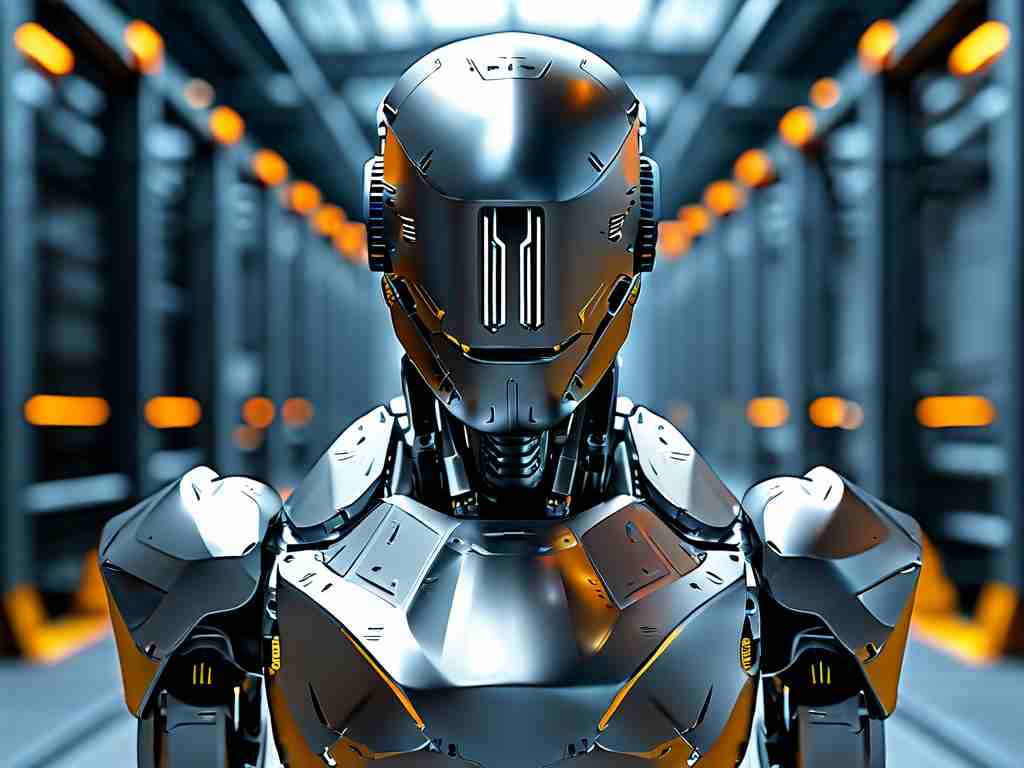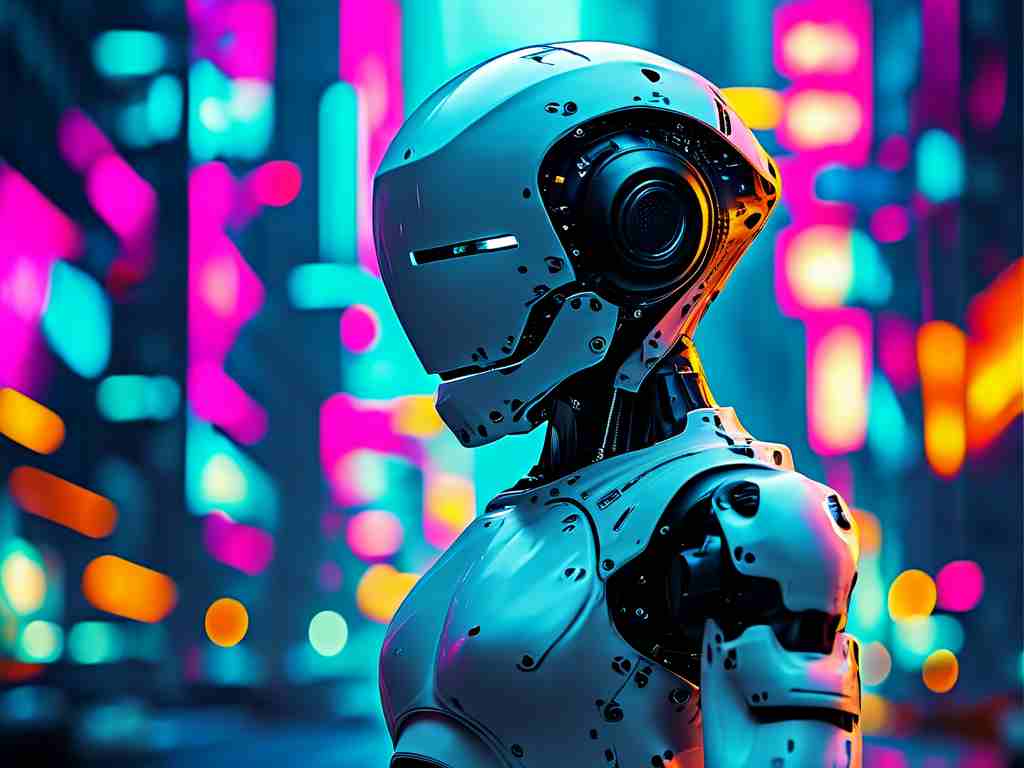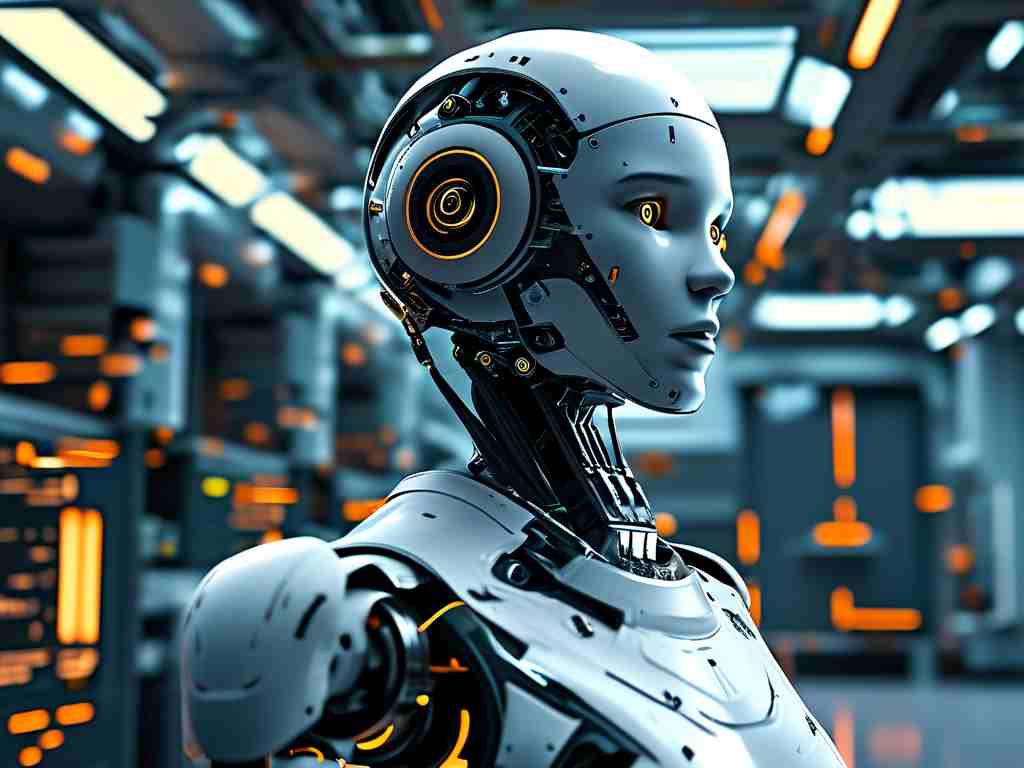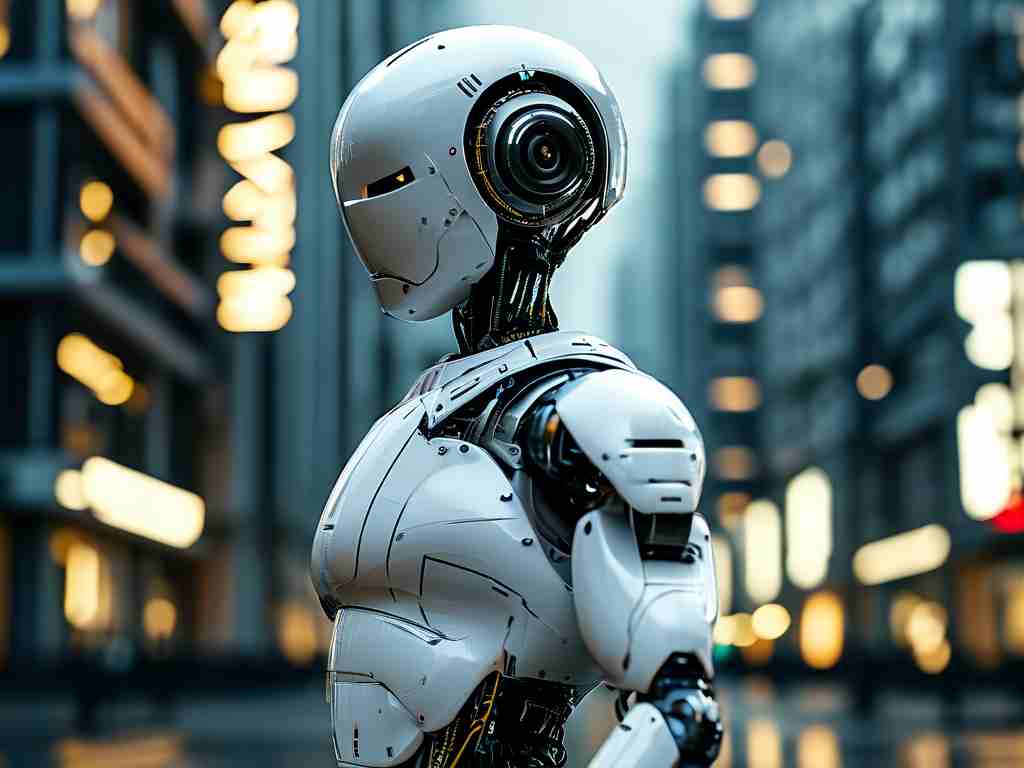In the heart of Southeast Asia’s dense bamboo forests, a silent revolution is underway. Researchers and engineers are deploying AI-powered robots to address ecological challenges, blending cutting-edge technology with environmental stewardship. These "bamboo robots," equipped with advanced sensors and machine learning algorithms, are redefining how humans interact with fragile ecosystems.
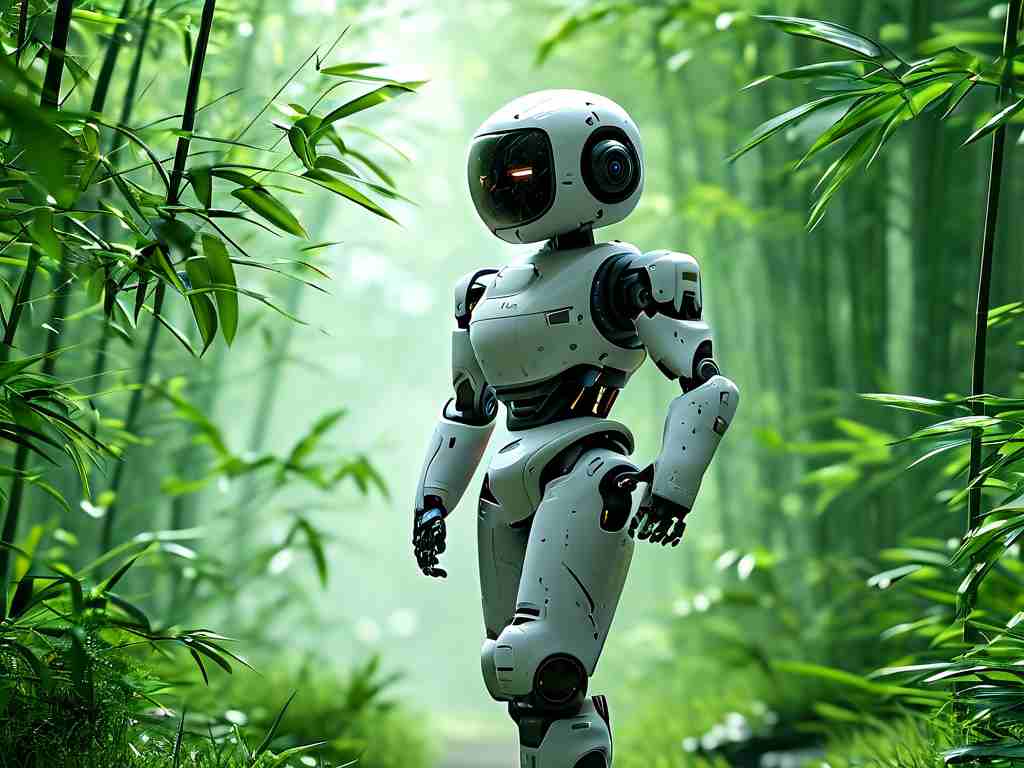
The Role of Bamboo in Global Ecology
Bamboo, often dubbed "green gold," covers over 35 million hectares worldwide. It sequesters carbon 30% faster than temperate forests and supports countless species, from pandas to soil microbes. However, climate change and illegal logging threaten these ecosystems. Traditional conservation methods—manual patrols and satellite monitoring—struggle with scalability and precision. Enter AI robotics.
How Bamboo Robots Operate
A typical BambooTech unit resembles a six-legged insect, designed to navigate uneven terrain without damaging roots. Its modular body carries LiDAR scanners, multispectral cameras, and microclimate sensors. Using reinforcement learning, the robot adapts its gait in real time, avoiding obstacles while mapping soil moisture and plant health.
The system’s core is a lightweight neural network trained on 12,000 hours of bamboo growth patterns. Unlike conventional models, it processes data locally via edge computing, crucial in remote areas with limited connectivity. During field tests in Sichuan, China, these robots reduced poaching incidents by 25% by detecting human activity through soundwave analysis.
Case Study: Restoring Fire-Damaged Forests
In 2023, a wildfire ravaged 800 acres of Philippine bamboo groves. A swarm of 20 robots was deployed to assess damage. They:
- Created 3D thermal maps to identify salvageable roots
- Dispensed nutrient pellets to stimulate regrowth
- Planted 3,000 bamboo seedlings using precision seed bombs
The result? A 40% faster recovery compared to manual replanting. Dr. Mei Lin, lead ecologist at the project, notes: "The robots’ ability to work 18-hour cycles in smoky conditions was game-changing."
Technical Breakthroughs
A key innovation is the robots’ self-sustaining power system. Flexible solar panels mimic bamboo leaves, achieving 22% energy conversion efficiency. At night, piezoelectric generators harvest energy from movement—each step generates 0.5 watts.
The AI stack uses federated learning: robots share insights without transmitting raw data, preserving bandwidth. A Python-based snippet from their navigation system shows this hybrid approach:
def adaptive_pathfinding(terrain_data):
# Fusion of CNN and LSTM predictions
obstacle_map = cnn_predict(terrain_data['images'])
soil_risk = lstm_predict(terrain_data['sensor_logs'])
return optimize_route(obstacle_map, soil_risk)
Ethical Considerations
Critics question whether robots might displace local conservation jobs. However, the World Wildlife Fund’s 2024 report reveals a net gain: for every robot deployed, 2.3 tech maintenance roles emerge. Villagers in Thailand’s Mae Sa Valley now operate drone fleets that complement ground robots.
Privacy concerns also arise. The robots’ facial recognition capabilities, originally designed to identify poachers, could potentially misuse data. BambooTech addresses this by:
- Encrypting all biometric data
- Automatically deleting non-threat footage every 72 hours
- Implementing blockchain-based audit trails
Future Horizons
By 2026, the UN Environment Programme aims to deploy 10,000 bamboo robots across 15 countries. Upcoming models will feature biodegradable chassis made from bamboo composite and mycelium. Early prototypes can symbiotically nurture saplings by releasing growth-promoting microbes.
As climate volatility intensifies, such fusion of ancient ecosystems and AI innovation offers hope. The bamboo robot isn’t just a tool—it’s a testament to humanity’s capacity to evolve alongside nature.



